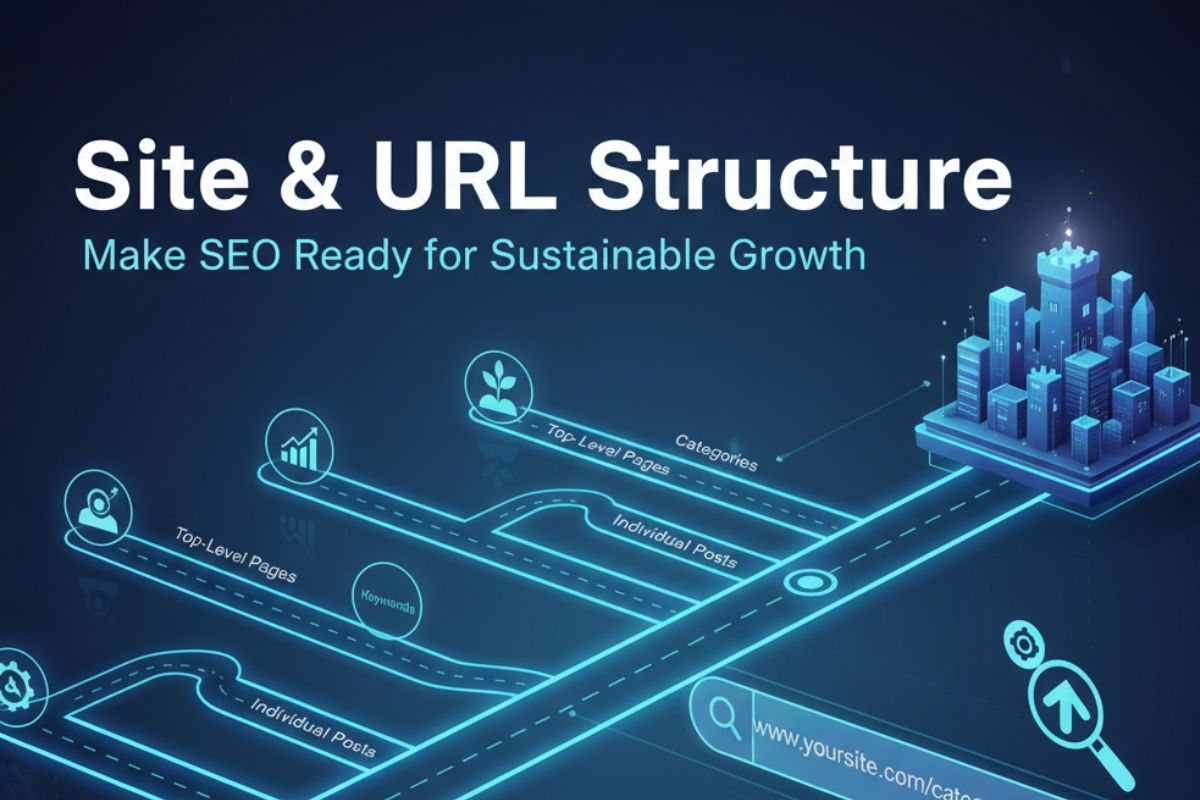Emails have been the cornerstone for every business, whether an e-commerce site or another business. To enhance the efficiency of emails, adding SMTP to the email marketing loop is necessary.
It doesn’t matter whether you need to send newsletters to keep your audience engaged or promotional emails to introduce your products, SMTP ensures the timely, secure, and accurate delivery of emails.
SMTP is advancing with the changing technology, and it is important to stay updated to get the most out of these servers. In this post, we will see how the future will shape SMTP and what we can expect in 2025.
Table of Contents
ToggleSMTP in 2025 – What is Changing?
SMTP servers are becoming smart and effective. Here are some of the key changes that you may see in 2025 and beyond:
Security is a Must
Lack of security has been one of the most irritating parameters of SMTP servers that many businesses have experienced. Going ahead, security will no longer remain optional. Encryption will become the standard for SMTPs that’ll help prevent phishing, spoofing, and spam attacks.
Transport Layer Security (TLS) is already in use to encrypt emails in transit. However, we may see mandatory STARTTLS adoption. Another security layer under the radar is DNS-based Authentication of Named Entities (DANE).
This layer ensures that TLS certificates used in SMTP connections are validated through DNSSEC. This will be of high importance where certificate spoofing has been a problem.
Authentication and Anti-Spoofing Protocols Are Non-Negotiable
Email spoofing has been one of the most widely used practices by spammers for years. To prevent that, we have several protocols like SPF (Sender Policy Framework), DKIM (DomainKeys Identified Mail), and DMARC (Domain-based Message Authentication, Reporting & Conformance). However, their implementation is inconsistent. This is something that will change in 2025.
Stricter email authentication requirements have been announced by Google and Yahoo. Hence, if your email does not pass SPF, DKIM, and DMARC protocols, it will not get delivered. This applies to every email your SMTP sends, be it a newsletter, transactional email, or business communication email.
BIMI (Brand Indicators for Message Identification) is a newer standard that lets verified brands display their logos next to their authenticated emails. It builds trust rather than just providing a cosmetic appearance.
AI-Driven Spam Filters Are Getting Smarter
Spam filtering is no longer a simple game of blacklists and keywords. In 2025, spam filters are driven by machine learning models that consider behavior patterns, engagement metrics, and sending reputation.
This means that if you’re sending emails through SMTP, you need to care deeply about:
- Open and click-through rates
- Bounce rates
- Spam complaint rates
- List hygiene
If your engagement drops, so does your sender score, and that means fewer of your emails make it to the inbox.
SMTP isn’t just about sending data anymore. The context around how you send, frequency, volume, responsiveness, and consistency is just as important. Think of it as a reputation economy, and SMTP is your delivery truck: it has to show up on time, in good condition, and with the right packages.
IPv6 and the Push for Scalability
As internet-connected devices explode in number, IPv4 simply can’t keep up. That’s where IPv6 comes in. It’s not just about more addresses, it’s about future-proofing.
Many large providers already prioritize IPv6 traffic, and in 2025, expect to see more SMTP servers configured to prefer or require IPv6. This is especially true in regions like Asia and Africa, where IPv6 adoption has surged.
For email administrators, this means revisiting your infrastructure. SMTP relays, DNS settings, firewalls, and spam filtering services all need to be IPv6-ready to avoid deliverability issues.
Greater Focus on Compliance and Privacy
Privacy regulations have gone global. GDPR kicked it off, but now we’ve got CCPA, Brazil’s LGPD, and countless other regional laws tightening control over personal data, including email addresses.
In 2025, SMTP implementations must reflect this shift. That includes:
- Ensuring opt-in consent for email communication
- Encrypting email data in transit and at rest
- Logging and documenting how personal data is processed
Some providers are even moving toward privacy-preserving SMTP gateways, which mask sender and recipient metadata to limit exposure.
SMTP as a protocol doesn’t inherently protect privacy, so developers and email services are being forced to build that protection around it, often with custom encryption layers, tokenization, or client-side key management.
API-Driven Email Sending vs. Traditional SMTP
SMTP is no longer the only way to send email. Many developers and businesses are opting for email APIs like SendGrid, Postmark, and Mailgun instead of configuring raw SMTP.
Why? Speed, reliability, and observability.
SMTP is simple, but it’s also slow and opaque. Email APIs offer:
- Built-in retry logic
- Delivery tracking
- Easy integration with applications
- Instant feedback on send status
That doesn’t mean SMTP is going away — not by a long shot. But it does mean it’s becoming more of a backend tool, while APIs take center stage for modern apps and SaaS products.
Expect SMTP to keep powering the foundational email delivery layer, while APIs increasingly take on the user-facing experience.
The Rise of SMTP 2.0
There’s been quiet talk in developer communities and standards bodies about a major revision or even a replacement for SMTP. While nothing official is on the table yet, there’s a growing appetite for something lighter, safer, and more flexible.
Whether it’s called SMTP 2.0 or something else, the idea would be to rebuild email delivery with modern expectations baked in:
- End-to-end encryption by default
- Built-in authentication and identity verification
- Native support for structured data (think receipts, RSVPs, invoices)
- Resilience against spam and abuse
Final Thoughts
SMTP isn’t dead. It’s just evolving, and that too quickly. As email continues to be a cornerstone of business and communication, the protocols behind it are under pressure to meet modern demands.
For anyone running an email infrastructure, whether you’re a developer, marketer, or IT admin, 2025 is a wake-up call. The days of “set it and forget it” are over. If you want your emails to land, be read, and be trusted, you need to stay ahead of these changes.
SMTP’s future is smarter, safer, and more accountable. And frankly, it’s about time.





